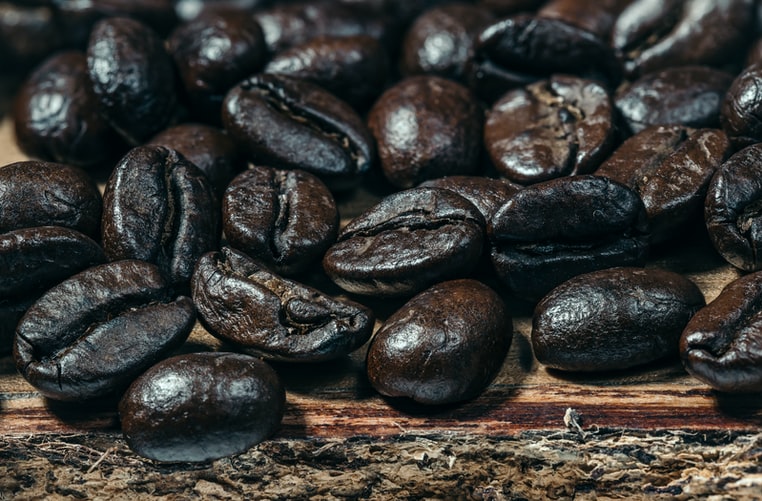Black Beans As Highest Source Of Healthy Antioxidants
Although researchers haven't come up with a foolproof way to avoid the indelicate side effect of beans, they have found yet another reason why you should eat more of them.
Author:James PierceReviewer:Karan EmeryApr 08, 20231K Shares545.4K Views

While researchers have not come up with a foolproof way to avoid the indelicate side effects of beans, they have found yet another explanation why you should eat more beans. In addition to their high fiber and protein content, a recent study found that beans, especially black beans, are a rich but underestimated source of antioxidants and can have similar health benefits to some popular fruits, including grapes, apples and cranberries.
Researchers checked the antioxidant function of flavonoids - plant pigments - in the skin of 12 common varieties of dry beans. Antioxidants kill free radicals, which are chemically active molecules whose excess has been associated with heart disease, cancer and ageing.
Black Beans Being At The Top
Black beans rose to the top, with more antioxidant activity, gram by gram, than other beans, followed by red, brown, yellow and white beans. In general, darker colored seed coats have been associated with higher levels of flavonoids and thus higher antioxidant function, says lead investigator Clifford W. Beninger, Ph.D., a research associate at the University of Guelph in Ontario, Canada.
"Black beans are really loaded with antioxidant compounds. We didn't know they were that potent until now," says Beninger, formerly a researcher with the USDA's Sugarbeet and Bean Research Unit, located at Michigan State University in East Lansing, where he worked on the project under the leadership of co-author George L. Hosfield, Ph.D., a geneticist who recently retired from the USDA.
The study found that one class of compounds in particular, anthocyanins, were the most active antioxidants in the beans. Based on a previously published study of the anthocyanin content of black beans, Beninger found that the levels of anthocyanins per 100 gm serving size of black beans was about 10 times the amount of overall antioxidants in an equivalent serving size of oranges and similar to the amount found in an equivalent serving size of grapes, apples and cranberries.
Beninger admits that some of the good antioxidants in beans may be lost in water during frying, but says that antioxidants will stay strong. While dry beans have been used in this analysis, frozen or canned beans could have similar antioxidant activity, he adds.
Human research are also required to validate the relation between bean antioxidants and health, and until then nobody knows how much beans you have to consume to achieve the full health benefits, Beninger states. But the discovery adds antioxidants to the growing list of safe chemicals present in common legumes, which are also abundant in protein, carbohydrates, folate, calcium and fiber. Researchers plan to use the knowledge gleaned from this analysis to help grow new varieties of beans that have much more disease-fighting capacity.
U.S. customers gobble up an average 8 pounds of beans per person per year, with pinto beans and marine beans being the most common. Red beans also enjoy tremendous popularity, particularly during colder months, as a staple of chili. While not as popular in the U.S. as other varieties, black beans are the main ingredient in many foreign dishes.
Jump to

James Pierce
Author

Karan Emery
Reviewer
Latest Articles
Popular Articles